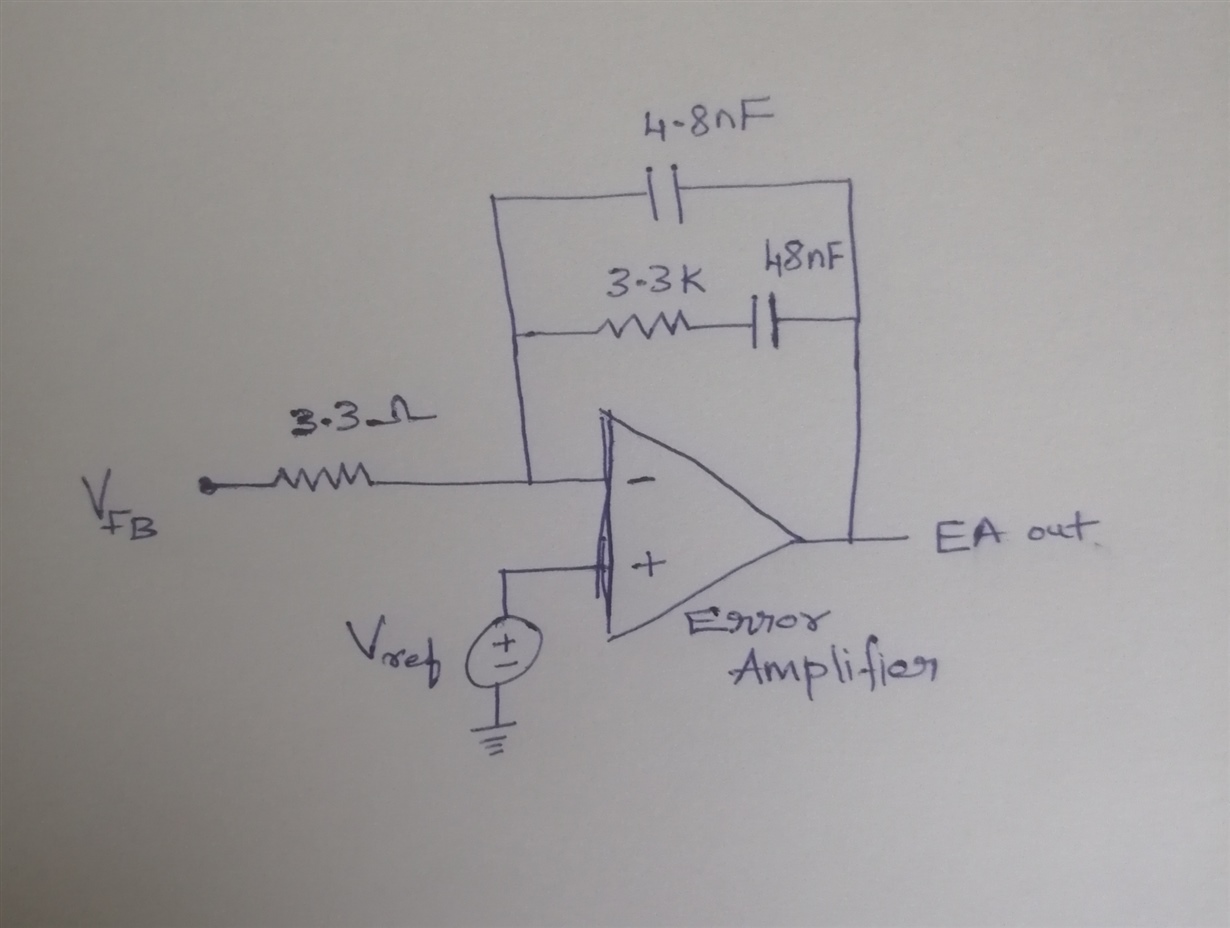I am using UC3825.I want to understand about the internal operation of the error amplifier.Can you explain it ?
-
Ask a related question
What is a related question?A related question is a question created from another question. When the related question is created, it will be automatically linked to the original question.


